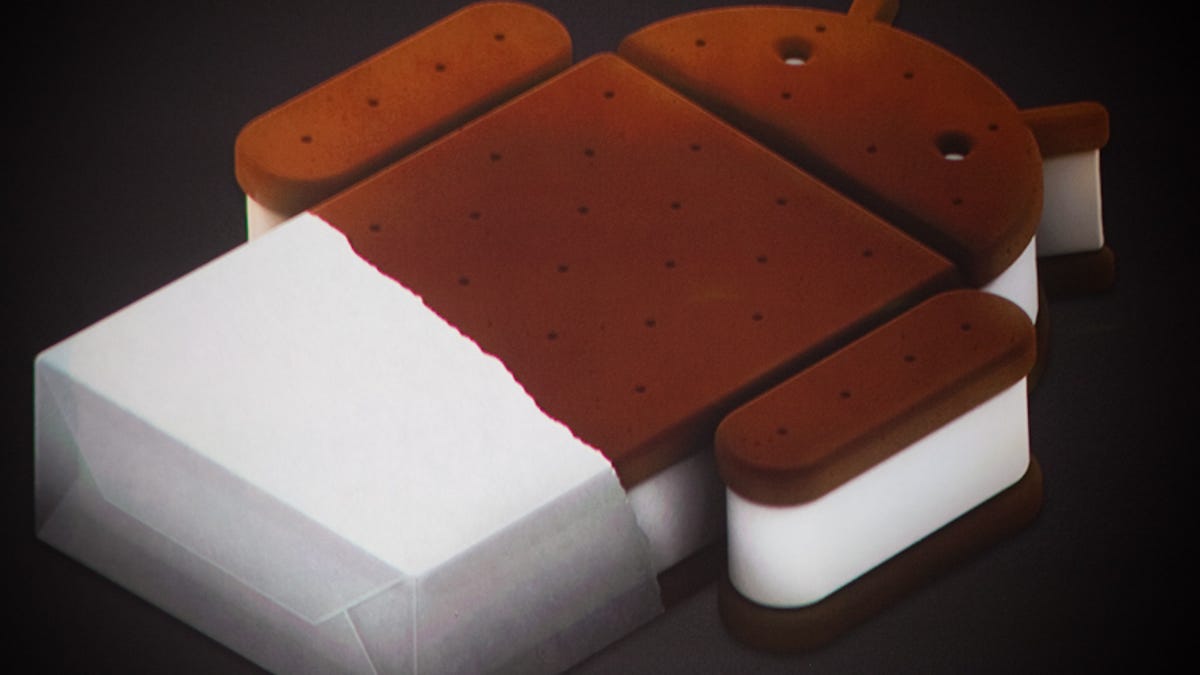Android.next: Honeycomb 3.1 now, Ice Cream Sandwich later
Google's update to its tablet version of Android is available today, and the phone-capable sequel called Ice Cream Sandwich is due in the fourth quarter. With them, people can plug in USB devices and rent movies.

SAN FRANCISCO--Google today is releasing Android 3.1, an upgrade to its Honeycomb tablet OS, and will bring its features to mobile phones with the Ice Cream Sandwich version of the OS set for the fourth quarter.
Honeycomb is geared for Android tablets, which thus far haven't yet attained the popularity of Apple's iPad. Upgrading from 3.0 to 3.1 should offers user interface refinements, a new movie rental service, and the ability to plug in USB devices such as keyboards and game controllers.
The Motorola Xoom tablet on Verizon's 3G service--the inaugural Honeycomb device with Android 3.0--will get the 3.1 update today, Google said at its Google I/O conference here today. It's coming to Google TV devices from Sony, Vizio, Samsung, and Logitech, too.
But in the fourth quarter, Google's Honeycomb feature will come to phones with a new version of Android called Ice Cream Sandwich.
Front and center in the new version is work shielding programmers from fragmentation issues--hardware differences such as different screen sizes that mean a program won't run the same on different devices.
It will include all of Honeycomb's user interface features, too, and includes the "holographic" user interface, application launcher, multitasking, and richer widgets.
Android 3.1's interface includes features such as a new scrolling list of apps for switching among them and resizable widgets. Existing widgets can be updated with new XML code to give them the new resizing abilities.
Google published a detailed list of Android 3.1 features later in the day. Among them are the following:
• The recently used apps list is now much larger, with a vertically scrolling list that shows live thumbnails.
• Bluetooth and USB keyboards and mice are supported, though only a single-button mouse with a scroll wheel. Mice can be used to select, drag, scroll, point, and hover over active regions.
• Among the game controllers supported are those for the Sony PlayStation 3 and XBox 360. Game controllers can be connected with Bluetooth or USB.
• Home-screen widgets can be resized either horizontally or vertically.
• The USB support can be configured so that, when a particular device is attached, the Android device will look for a particular application, offer to launch it, and present an appropriate Web address if it's not installed.
• The browser now supports hardware-accelerated rendering for plug-ins. That's something Adobe Systems expects will improve the performance and reduce the battery-life pain of its Flash Player.
• The browser also gets better support for the CSS (Cascading Style Sheets) Web page formatting technology--specifically, CSS 3D, animations, and fixed positioning.
• Web pages can be saved for reading offline, and the quick controls interface is redesigned and beefed up.
• Wi-Fi networking gets better, with support for high-speed connections even when an idling Android device's screen dims. "Users can take advantage of this to play continuous streamed music, video, and voice services for long periods, even when the device is otherwise idle and the screen is off," Google said.
• An update to the gallery app supports the Picture Transport Protocol (PTP), designed to ease the import of photos from cameras. Android 3.1 also supports the Media Transport Protocol (MTP), an interface to handle activities such as receiving notifications that a camera has been attached, managing files on that device, and transferring files.
• Larger elements in the calendar app are designed to improve readability and touch-interface accuracy.
• An update to the e-mail app makes it sends both plaintext and formatted e-mail with a message so it displays properly regardless of how the recipient is viewing it.
• A handful of tweaks should improve performance in some areas such as caching and hardware acceleration.
Updated 7:34 p.m. PT with Android 3.1 details.

